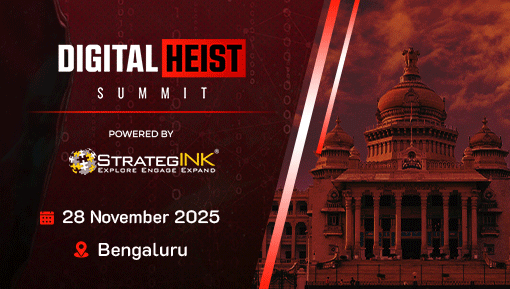
In today’s boundaryless enterprise, where remote work is not just a trend but an operational mainstay, Virtual Desktop Infrastructure (VDI) is often positioned as the gold standard for secure access. But here lies the paradox: when trust is extended without verification and architecture is built without enforcement, VDI transforms from a control point to a compromise vector.
The Breach Doesn’t Begin at the Firewall—It Begins with Trust
Imagine this: a remote employee logs into the corporate VDI from a personal laptop. Unknown to them, a seemingly harmless browser extension, sourced from an unverified repository, harbors a keylogger and a Remote Access Trojan (RAT).
From that moment, the attacker is in the session. Watching. Recording. Acting. Not as an outsider trying to break in, but as a user already inside the gates, armed with full context and elevated access.
This is not a breach of systems. It’s a breach of trust.
The Real Cost: Beyond the Technical Debris
The implications of such an incident are devastating and far-reaching:
- Business Fallout: Adversaries gain unauthorized access to multi-client environments, extract sensitive data, compromise IP, and potentially violate regulatory commitments. This isn’t just an IT issue. It’s an existential threat to brand equity and client confidence.
- Technical Exposure: A misconfigured VDI profile often carries excessive session privileges, limited isolation, and expansive visibility across internal resources. If segmentation is weak, lateral movement isn’t a possibility, it’s a guarantee. One infected endpoint becomes a pivot point for a systemic breach.
Response Must Be Relentless: Velocity, Visibility, and Verification
Traditional detection mechanisms fall short when attackers blend in with legitimate users. What’s needed is behavioral detection at scale, watching for anomalies in movement, access, and data flow.
The response playbook must be surgical and swift:
- Force-terminate all active VDI sessions.
- Block all unmanaged endpoints from initiating future sessions.
- Revoke all impacted credentials and re-authenticate using step-up, risk-based MFA.
- Isolate and preserve the compromised VDI instance for forensic analysis.
- Activate legal and compliance protocols for breach reporting.
- Engage customer stakeholders proactively to manage trust and expectation.
Resilience Is Not Built in Reaction – It’s Engineered in Design
This is a call to modernize, not just react. Enterprises must evolve from trust-based access to posture-based enforcement:
- Device Integrity Assurance – Only allow access from verified, policy-hardened devices that meet rigorous security baselines (EDR, encrypted storage, trusted plugins, OS hardening).
- VDI Sandboxing & Segmentation – Redefine privilege boundaries. Every VDI instance must operate in a tightly scoped sandbox with zero lateral visibility.
- Behavioral Analytics at Scale – Use real-time telemetry and AI-driven insights to detect deviations from user and system baselines.
- Zero Trust Architecture – Move decisively toward a model where no device, session, or user is implicitly trusted—everything must be continuously verified.
Final Reflection: Security is Not a Stack—It’s a Mindset
Technology will continue to evolve. So will the adversary. But our first principles must remain constant:
Assume compromise – Enforce verification – Architect for failure – Recover with speed.
In today’s asymmetric threat landscape, a single compromised session can become the ignition point for enterprise-wide exploitation.
We must shift the paradigm, from perimeter defense to proactive, predictive resilience.
Because in this new world, prevention is ideal—but anticipation is essential.






